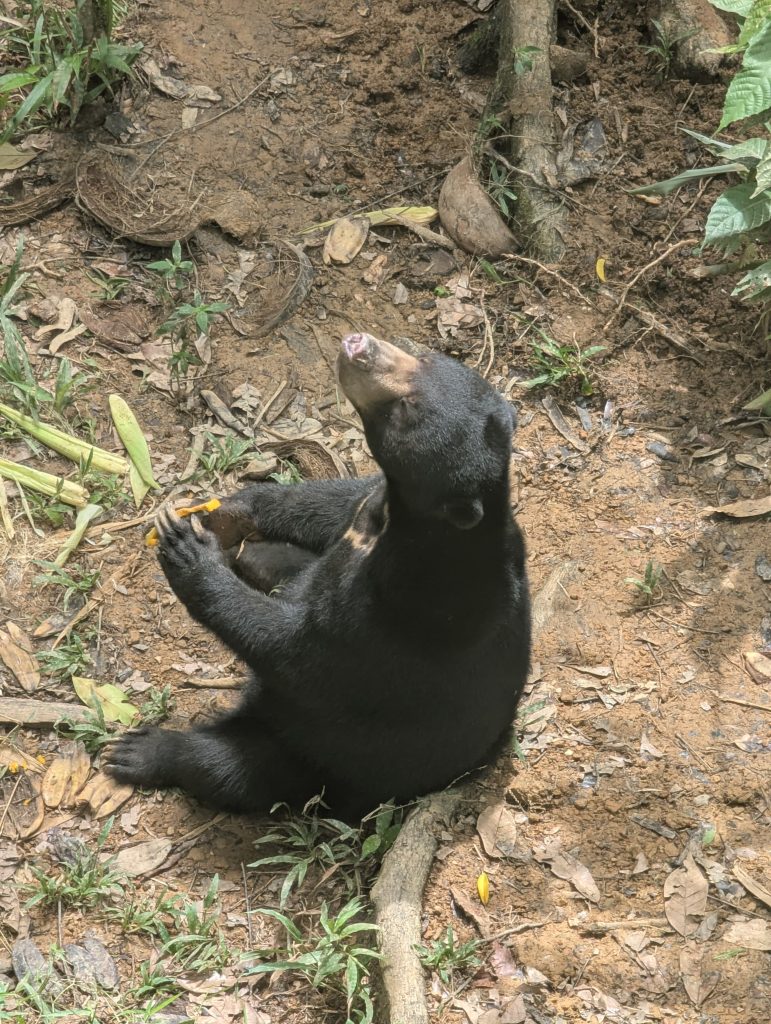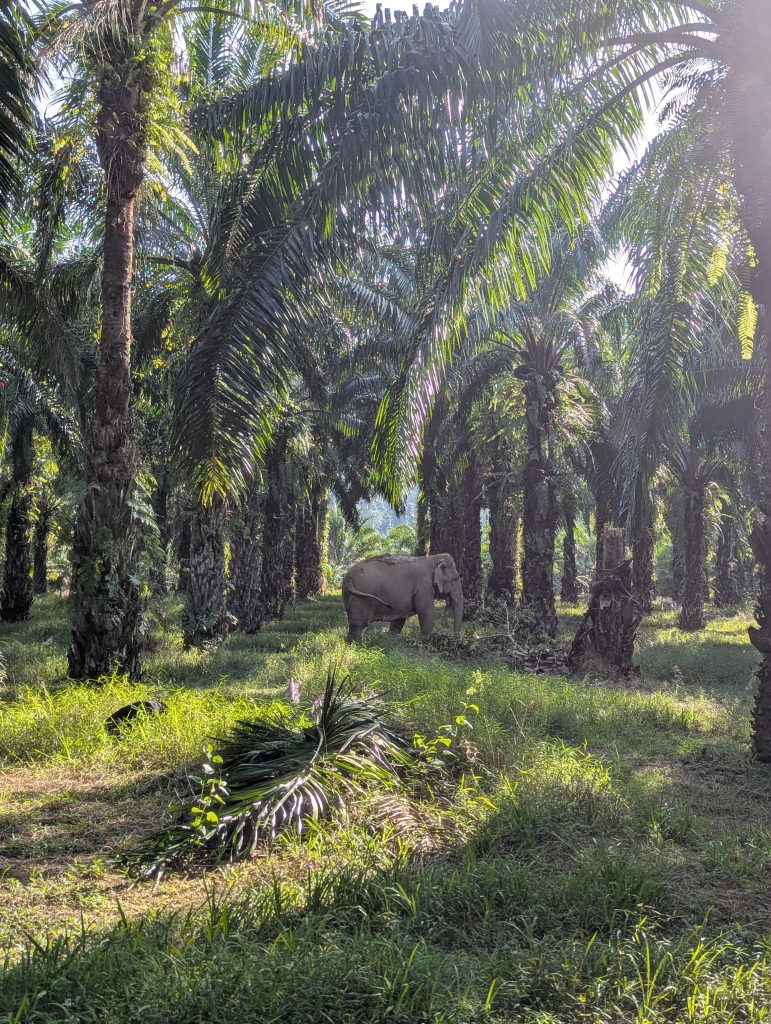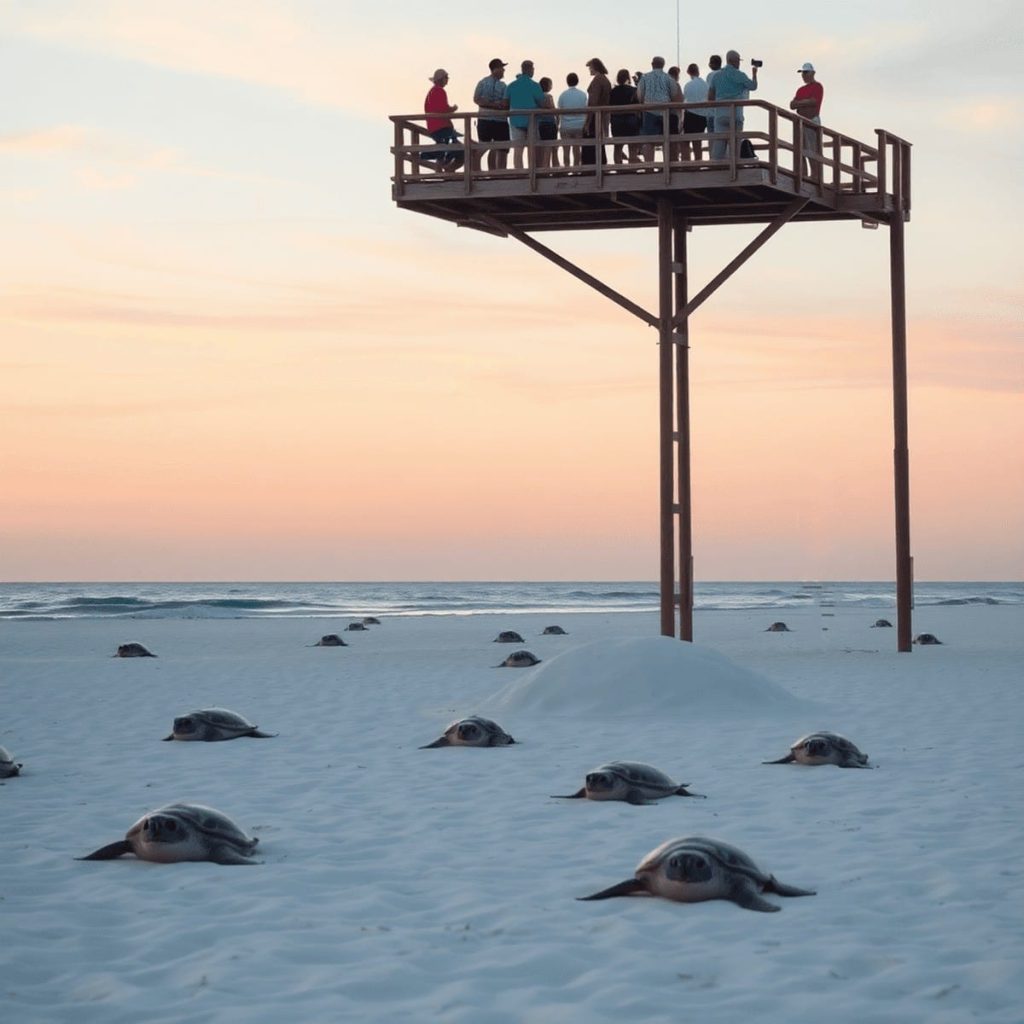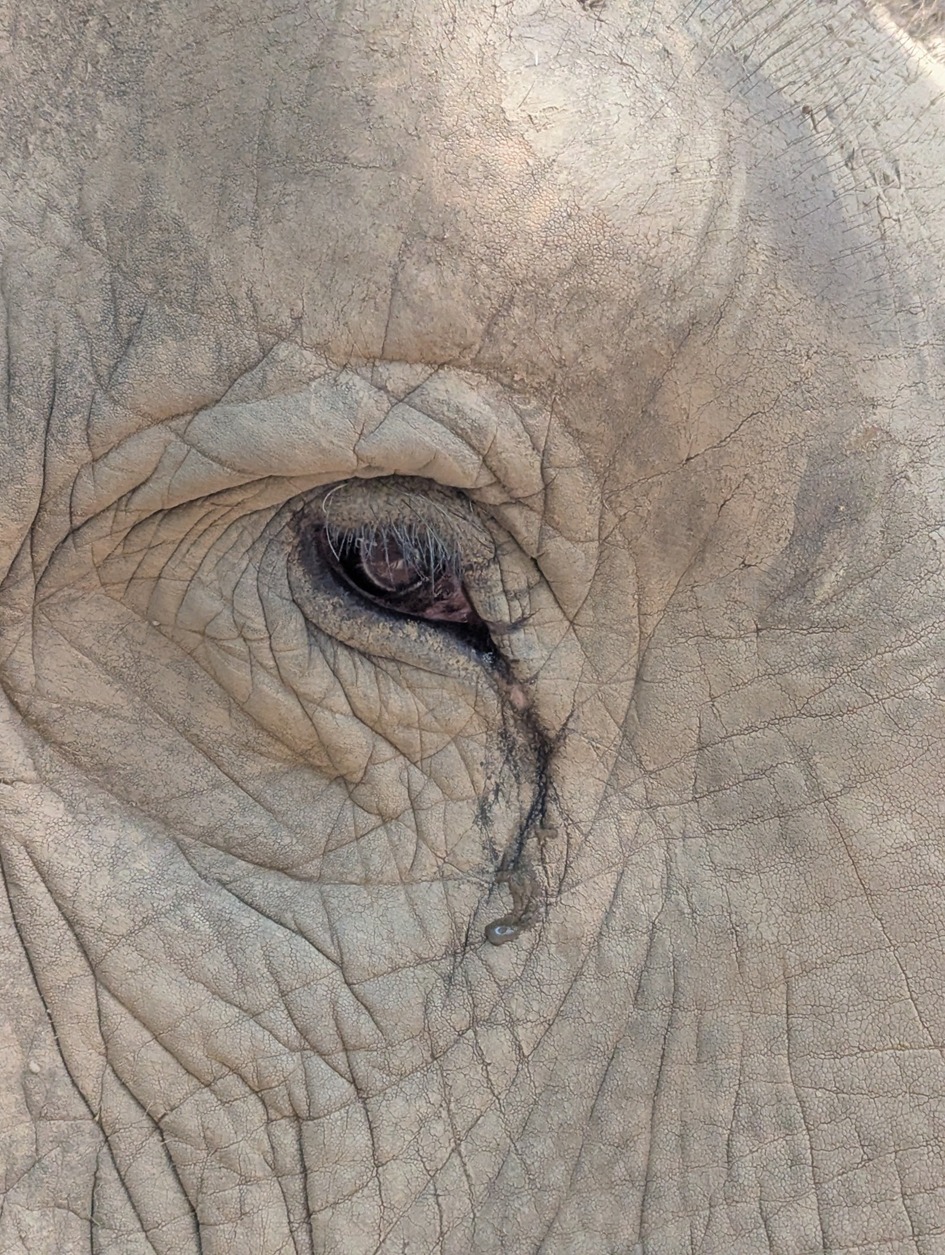The Fine Line Between Help and Harm
The Fine Line Between Help and Harm
Traveling through Asia, I have visited several rescue and rehabilitation centers, each dedicated to protecting animals in need. From sun bears in Borneo to gibbons in Thailand, I’ve seen firsthand the delicate balance between conservation and tourism. Because, let’s be honest—wildlife rescue is expensive. Feeding animals, providing medical care, maintaining enclosures, and hiring expert staff all come with a hefty price tag. And how do most of these centers stay afloat? Tourism.
The Tourist Dilemma: To Touch or Not?
The reality is simple: tourists love animals—the fluffier, the better. But we don’t just want to see them; we want to touch them, hug them, and take selfies with them. Preferably while they give us a high-five. Unfortunately, what’s fun for us isn’t necessarily good for the animals. Conservation, and releasing animals back into the wild means that animals need to be scared of humans and not to be familiarised with them. Or they will end up in the hands of poachers or angry villagers or back in the circuit of becoming an illegally kept pet. Only some rescue and conservation centres seems to have the needs of the animals more in mind than the wants of tourists. Let’s look at them as some best practices!
Sunbear rescue centre Borneo
An prime example is the Sun Bear Rescue Centre in Borneo, where they rescue and rehabilitate the endangered sun bears. Within the centre, the bears live in huge enclosures with plenty of hiding spots, and tourists observe them from high platforms without much option to interact, as we did when we took the photo on the right. The result? The bears can completely ignore us tourists, and trust me, they do. These guys have mastered the art of acting like we don’t exist. And honestly? That’s how it should be. Before they are released into the wild rainforest, the bears live in complete isolation from humans.

Gibbon Rehabilitation Project in Phuket
Another example is the Gibbon Rehabilitation Project in Phuket, they take things even a step further. When visiting this centre, we were pleasantly surprised by their strict “we protect and help the gibbons by keeping them far, far away from tourists and humans” policy. Most of the gibbons are kept away from the looks and camera’s of tourists and the experience in the Gibbon Centre is all about the informational and educational speech and making food for the apes. Let’s be honest, this centre has it completely right from a conservation perspective! To be set out into the wild and retain their freedom, they need to become wild again.
However, not all tourists will like the very limited interaction with the animals. Whether complete separation between humans and “wild” animals is the best solution also needs to be researched and given more attention. What is clear, however, is that there is a challenge for conservation organisations about how to protect the animals while simultaneously gain tourist income.
The Elephant in the Room (Literally)
Ethical Elephant Sanctuaries
Now, let’s talk about elephants. Because if there’s one animal that has been both revered and exploited in the name of tourism, it’s the elephant.
In Thailand, traditional elephant tourism often included riding, performing tricks, and even painting (yes, painting—because apparently, a 3,000-kilo animal holding a paintbrush is the pinnacle of entertainment). Thankfully, the industry has evolved, and many sanctuaries now ban elephant riding. Nevertheless, a multitude of them still allow tourists to wash elephants and call themselves elephant rescue centres. Luckily, an increasing number of sanctuaries start to realise that the act of washing can be dangerous and stressful for both elephant and tourists. As a result these ban the washing activity, anduse the self-acclaimed title of “ethical elephant sanctuary”.
Great, right? Well, yes… but also, kind of meh.
Mainly because even in these sanctuaries, tourists can still touch, walk, and feed the elephants. Which, while better than riding, still isn’t truly letting elephants be free in deciding what they want to do. Furthermore, this inhibits the elephants to be potentially released back into a national park as a wild elephant again. Imagine if we applied the same logic to other wildlife—would we visit a “responsible” lion sanctuary where tourists could cuddle the lions as long as they “promise to be gentle”? Probably not. The impact of freedom restriction and a lot of tourist-elephant interaction is not yet fully researched. Here we see a lot of potential to gain knowledge and improve animal attraction methods.

Elephants at a distance
We would love to see an elephant sanctuary where humans are the ones kept at bay. Hence, where elephants roam freely, doing elephant-y things, and where tourists observe from a distance, as in this picture that we took in a elephant sanctuary in Thailand (2025). Kind of like an elephant version of the Gibbon Centre, except with more trumpeting and significantly bigger poop. If you know any Non profit or sanctuary offering this, please let me know.
The Future of Ethical Wildlife Tourism
Rescue centres require funding, and tourists can be a force for good—if done right. But we need to ask ourselves: Are we supporting places that put animals first, or just places that make us feel good about ourselves?
Tourists could be watching animals via cameras and live film footage, as is being done for birds for example, or from a tower standing far away. This could be the new ethical tourism. For instance when the sea turtles in Sri Lanka come to lay eggs, instead of swimming and touching with the turtles and distrubing them during the night when they lay eggs… we could stay at a huge distance, closing off the beach, as tourists have live watching platforms high up in the air over the beach and with camera footage.

So, next time you’re choosing a wildlife experience, ask yourself:
🐘 Are the animals truly free to behave naturally?
🐻 Do they have spaces to hide from humans?
🐒 Am I observing, or am I interfering?
If the answer leans toward “selfie opportunity” rather than “real conservation”, it might be time to reconsider.
Would you visit an elephant sanctuary where you could only observe from a distance? Or do we, as humans, just really need to touch everything we love? Let me know what you think!
Contact us for any remarks: letstalk2@keepanearth.com


